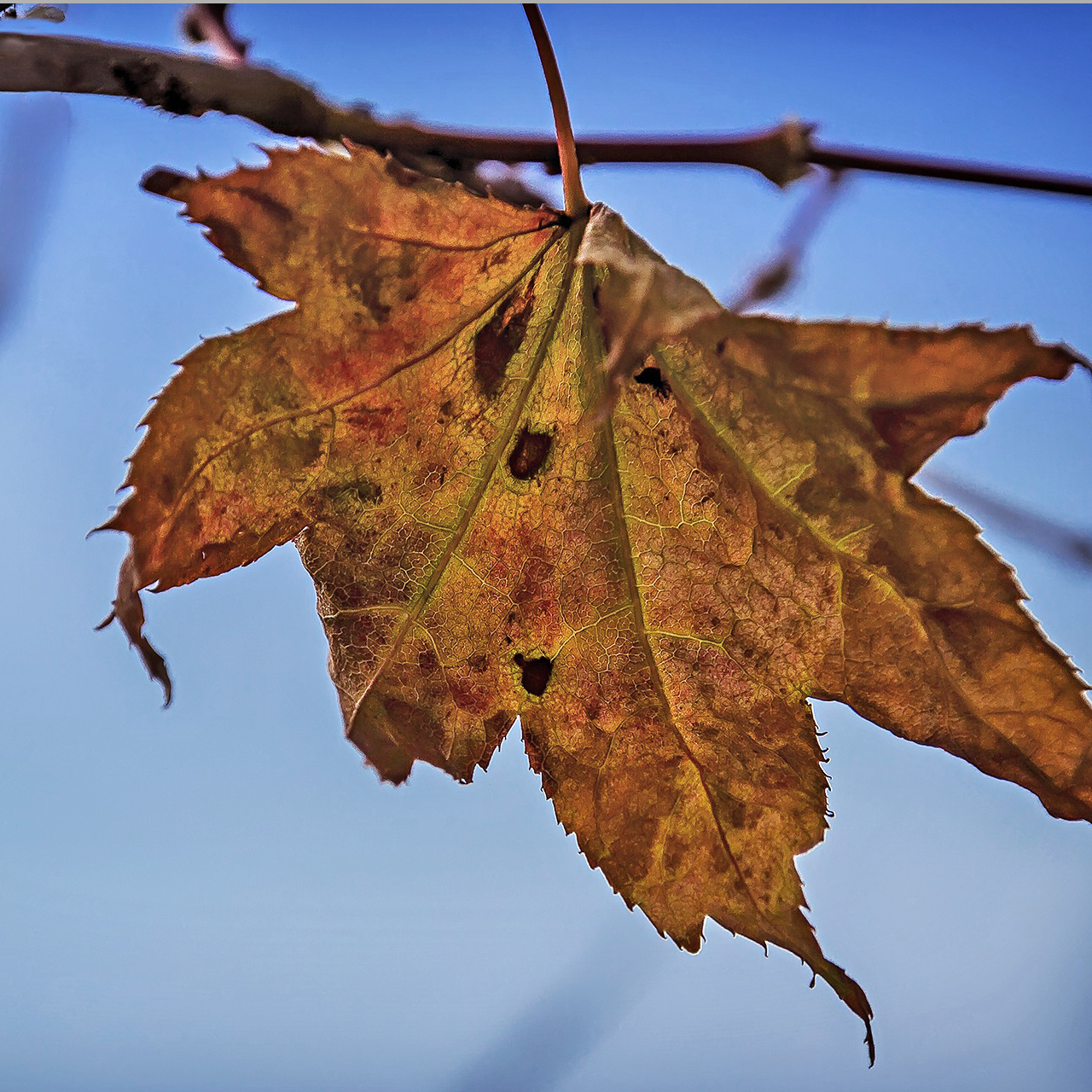
By R. Wayne Mezitt
Every autumn we New Englanders enthusiastically look forward to bragging about our spectacular fall foliage. But this year has turned out to be a big disappointment. Some foliage now looks just plain awful, as many trees never colored-up and a surprising number are still hanging on to their now-dead-looking foliage. A unique combination of factors played-in to create this unusual outcome that’s so visible on oaks, maples, magnolias, dogwoods, hydrangeas, viburnums and many other shrubs and trees.
Fall foliage colors are triggered by the seasonally-predictable combination of shorter days, cool nighttime temperatures with light frosts and adequate moisture. Following this year’s wet spring and warm summer when everything seemed to be thriving, our late summer weather extended as unusually warm, and also dry, for a significantly longer period than most years. These abnormally-warm, above-frosty temperatures persisted well into November, only to end abruptly on November 11 and 12 when temperatures dropped precipitously to the low 20’s. Within a couple of days the resulting ugly leaf damage, some of which we’re still observing now, became depressingly evident.
Another factor contributing to this poor fall foliage situation occurred last August. Due to the persistent weekly rains in late spring and early summer, some trees, particularly maples, became infected in early August with a fungus called “tar spot”, turned a brown/black color and started dropping to the ground. This process effectively removed the possibility for those fallen leaves to exhibit fall color and created an extra cleanup challenge. Some of those affected leaves that didn’t drop-off continue to hang on some trees now, and they’re dispiritingly unsightly.
And one more important element: this year’s extended warm fall temperatures also slowed the normal leaf-abscission process; just as autumn weather changes affect the progression of foliage color, normal conditions enable each leaf to concurrently develop a layer of special cells at its base that helps release it from its branch. The sudden cold snap appears to have short-circuited this process as well.
So what can we do now to improve our yard’s visual appeal? Probably nothing that’s really practical. While removing each leaf by hand is technical possible, recurring wind and rains will eventually release these leaves from their branches. Fortunately the long-term health of most plants should not be adversely affected by this year’s abnormalities.
I don’t believe dwelling on negative aspects of horticulture is very helpful, so here’s my positive outlook. We haven’t seen anything like this for many years, and I consider it unlikely that this chain of unfortunate and unpredictable circumstances is indicative of a new climate-change trend!
About the Author
Wayne Mezitt is a 3rd generation nurseryman, a Massachusetts Certified Horticulturist, now chairman of Weston Nurseries of Hopkinton, Chelmsford & Hingham MA, and owner of “Hort-Sense”, a horticultural advisory business. He currently serves in various capacities on several horticulturally-related organizations, including the Massachusetts Horticultural Society at The Gardens at Elm Bank in Wellesley MA, and chairman for the Massachusetts Invasive Plant Advisory Group (MIPAG).









